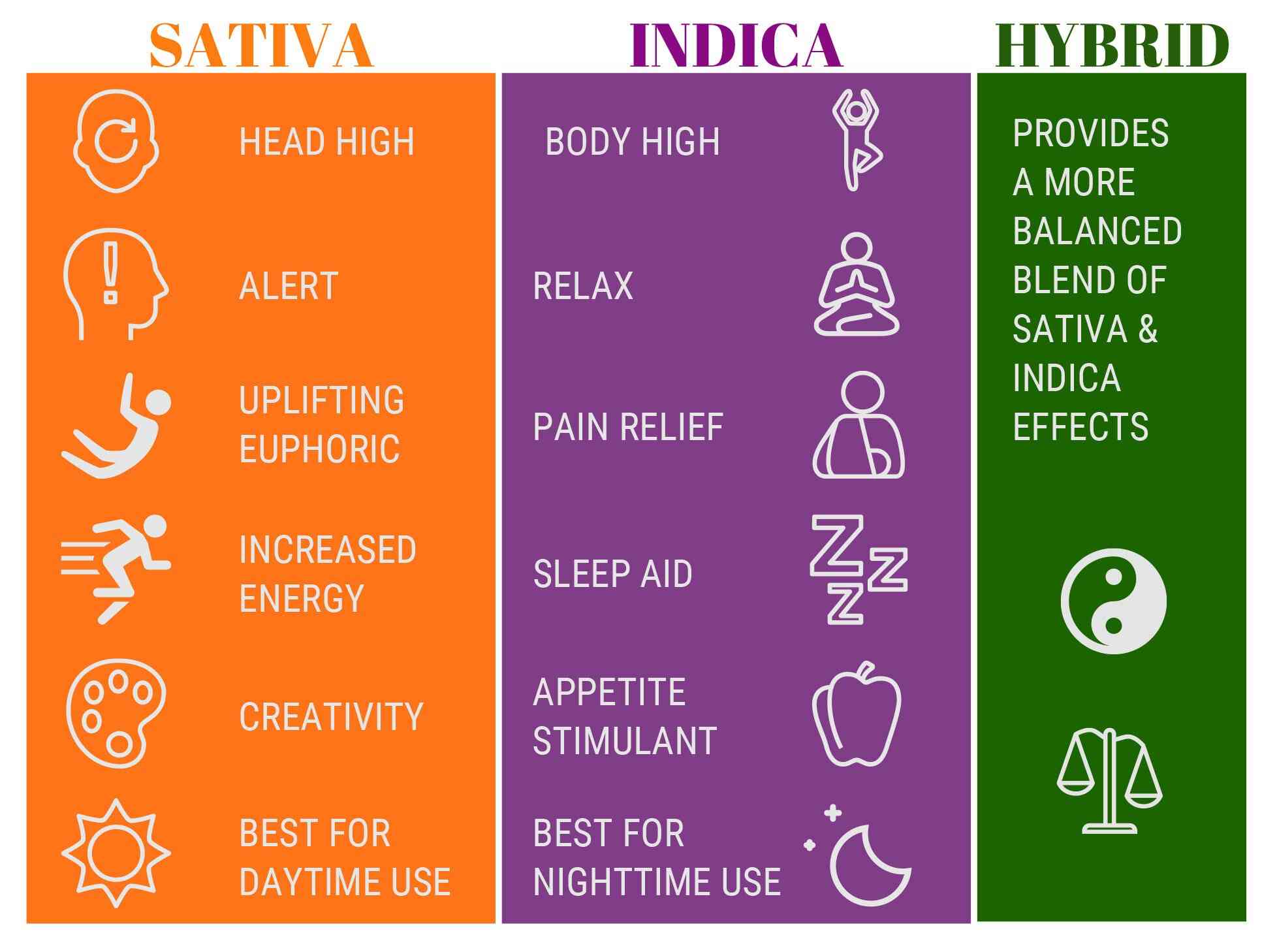Cannabis, a plant with a rich history dating back centuries, has captivated both recreational users and researchers alike. While its diverse strains boast various characteristics, one feature that often sparks intrigue is the mesmerizing purple shade found in certain cannabis varieties. This captivating hue not only adds an aesthetic appeal but also holds clues to the plant's genetic makeup and potential therapeutic benefits. For many years, cannabis that was cultivated outside and exposed to the cold was the only variety that was purple. Nowadays, breeding procedures have given cannabis genetics a purple tint even under normal environmental conditions. Many cannabis cultivars turn purple to some extent when exposed to cold, learn more about this cannabis at
httрs://tetrahydrocannabinol.com/purple-cannabis/.
The purple coloration in cannabis is primarily attributed to the presence of anthocyanins, a group of water-soluble pigments responsible for the blue, purple, and red hues in various plants. In cannabis, these pigments are activated by specific environmental conditions, such as cooler temperatures during the flowering stage. As the chlorophyll breaks down in the leaves and flowers, the anthocyanins become more visible, resulting in breathtaking shades of purple ranging from lavender to deep violet.
Beyond its visual allure, the purple coloration serves as an indicator of the plant's genetic composition. Certain strains, such as Purple Kush and Granddaddy Purple, are renowned for their consistent expression of anthocyanins, making them popular choices among growers and enthusiasts seeking this unique characteristic. Moreover, the presence of these pigments might hint at specific cannabinoid and terpene profiles, influencing the strain's overall effects and flavor.
Furthermore, research suggests that anthocyanins found in purple cannabis may possess various health benefits. These pigments are known for their antioxidant properties, which can help combat oxidative stress and inflammation in the body. While further studies are needed to fully understand the extent of their therapeutic potential, the presence of these compounds has sparked interest in the medical cannabis community.
Appreciating the purple shade of cannabis goes beyond aesthetics and potential health benefits. It also sheds light on the complexity and diversity of this remarkable plant (
httрs://www.sfgate.com/cannabis/article/purple-colored-weed-save-california-cannabis-18175713.php). Just like the different colors in a painter's palette, the range of hues in cannabis showcases the intricate genetic variations that have emerged through selective breeding and natural evolution.
As we delve deeper into the world of cannabis, it becomes evident that this plant has much more to offer than meets the eye. From its captivating purple shades to its potential therapeutic properties, cannabis continues to inspire awe and fascination. As researchers and enthusiasts continue their explorations, we can only anticipate more discoveries that will contribute to our understanding of this ancient and versatile plant.
